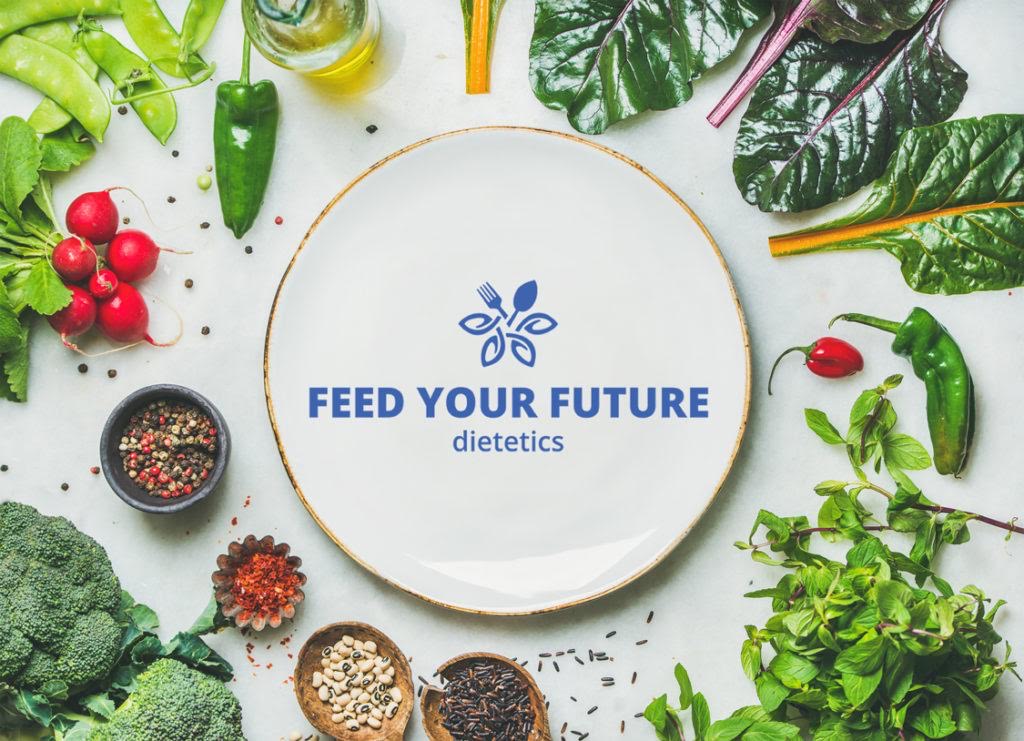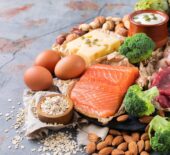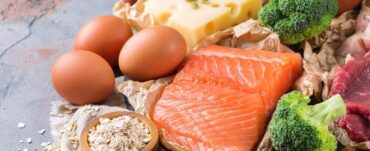Are you one of the many people who shame certain foods but have forgotten to see what your diet looks like as a whole? The removal of specific foods from your diet may be counterproductive to achieving your overall health and nutrition goals. What you do most of the time and what you include to create your whole diet has a larger impact on your health and nutrition goals.
For example, you may be removing all cake from your diet to stop the risk of diabetes but fail to meet the food group including fruit, vegetables, lean meat, or alternatives, dairy and alternatives and wholegrains to support your overall health.
Another example is focusing on a specific macronutrient too much. For example, following a low-fat diet to reduce your risk of certain chronic diseases like diabetes, heart disease or obesity. The problem can be this could be substituted for more refined carbohydrates. Also, the type of fat matters for health. For example, the unsaturated fats like polyunsaturated and monounsaturated fats which can be found in extra virgin olive oil, nuts, seeds, and avocado are health promoting and can reduce your risk of chronic diseases when included as part of an overall balanced diet. It really comes down to the quality of the diet and food choices rather than cutting a specific macronutrient for health and optimal nutrition.
Focusing on your diet as a whole has many benefits. Each food itself provides your body with nutrients but when you eat a diet the foods you eat together can help promote the benefits that your body receives. For example, the fat-soluble vitamins A, D, E and K are best absorbed with fat so having for example kale with extra virgin olive oil enhances your body’s ability to absorb vitamins A and K.
When you focus on your diet as a whole and meeting the needed food groups and serves in a variety each day this not only increases your chances of achieving all your nutritional needs but leaves you with less space for the sometimes food. An example is meeting your daily vegetable serves, this alone leaves you feeling fuller throughout the day and helps you to go without the donut or extra piece of chocolate in your desk draw.
By focusing on your diet and quality of food choices, being tricked into hating certain foods because they sit into a group of macronutrients is less likely to happen. For example, a donut or a burger bun does not have the same nutrition profile as wholegrains. Wholegrains can include wholegrain pasta, couscous, crackers, or bread, also brown, black, or red rice, quinoa, teff, corn, or wholegrain cereals.
Wholegrains are rich in nutrients which can be enjoyed as part of an overall balanced diet. The fibre in wholegrains assists healthy cholesterol levels blood pressure and weight. Wholegrains also provide your body with many vitamins, minerals and antioxidants which optimise the function of your body. These include iron, zinc, potassium, magnesium, B vitamins, selenium, and vitamin E.
One of the healthiest dietary patterns is the Mediterranean Diet and is an example that including a sometimes food or drink in your diet is still possible if you want to maintain your nutrition and health goals. The Mediterranean Diet is made up primarily of plant-based foods, dairy, extra virgin olive oil, and seafood. It limits red meat and processed meat, added sugar and refined grains. This diet also includes a ‘sometimes beverage’ of alcohol. Due to the majority of the diet including significant amount of the plant-based foods, extra virgin olive oil, and seafood, the protective effects of these groups to your health out way the inclusion of alcohol. This dietary pattern is an example that you do not need to cut the sometimes foods or drinks that you enjoy and still achieve your nutrition and health goals.
Take home message: Are you one of the many people who have been focusing too much on single nutrients or foods over a whole diet approach? Taking a step back and seeing your diet and habits as a whole could be the key component missing to achieving your optimal health and nutrition goals.
References:
- Tapsell LC, Neale EP, Satija A, Hu FB. Foods, Nutrients, and Dietary Patterns: Interconnections and Implications for Dietary Guidelines. Adv Nutr. 2016 May 16;7(3):445-54. doi: 10.3945/an.115.011718. PMID: 27184272; PMCID: PMC4863273.
- Kale, Raw. Food Data Central. https://fdc.nal.usda.gov/fdc-app.html#/food-details/323505/nutrients








